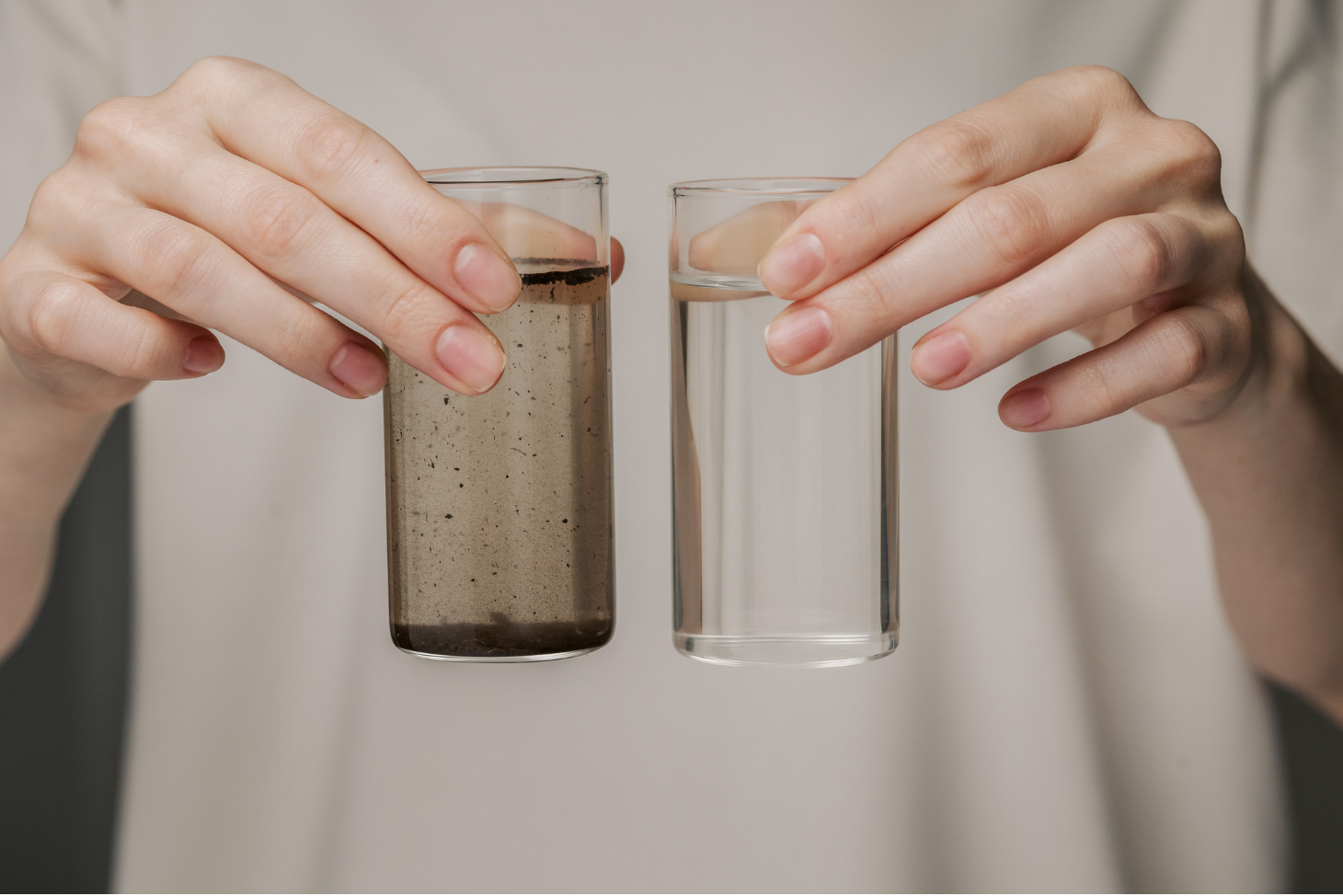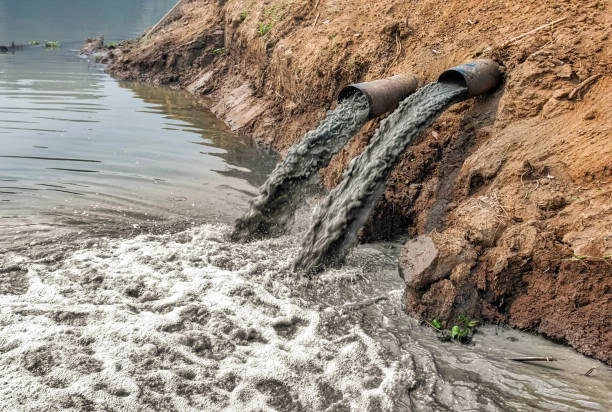Substances that contaminate your drinking water
You have probably come across articles and posts that share the importance of proper hydration. And maybe, you faithfully follow the eight-glass-per-day rule.
But do you take a minute to consider your water's purity levels? Or are you unknowingly filling up your body with harmful contaminants?
Today we take a look at the contaminants definition, their types, and how to make your water fit for everyday consumption.
Defining contaminants
Water contaminants are synthetic or natural elements/particles that adversely affect water purity. As a universal solvent, it’s expected that water will dissolve a host of impurities as it flows into homesteads via different channels, compromising its quality.
What causes water pollution?
Water pollution can result from either natural or man-made activities. Some of the activities include:
- Improper domestic and industrial sewage disposal
- Oil spills
- Chemicals used or emitted during urban developments
- Fertilizers making their way into water sources
- Nuclear power plants releasing high levels of radioactive chemicals into the environment and many more.
Types of pollutants in drinking water
Generally, experts have identified four main types of contamination that affect the water we drink. They include:
Physical contamination
Physical contaminants are impurities that affect the water's appearance. Clay, for instance, is an excellent physical contamination example since you will notice the muddy color from the get-go.
Additionally, pollutants such as debris, metal shavings, tiny sticks, and other particulate matter that float on water fall under this category.
Chemical contamination
The chemical contaminants is toxic compounds that either exist naturally or artificially and make their way into the water, polluting it. Some of the most common chemical pollutants include pesticides, herbicides, solvents, nitrates, aluminum, and mercury -just to name a few.
Biological contamination
Also known as microbes, these are harmful organisms that are found in water. Some biological contaminants examples include bacteria, parasites, viruses, and protozoans. These pathogens cause illnesses and are responsible for a large number of water-borne diseases.
Radiological contamination
This type of contamination results from radioactive elements making their way into the water. Like chemical contaminants, these can occur naturally or result from man-made activities. They emit radiation that exceeds that of the environment, making them extremely dangerous.
Examples of radionuclides that pollute our drinking water include potassium, radon, radium, waste from nuclear power plants, uranium, and thorium.
How can I make water safe to drink at home?
Various ways to ensure safe hydration exist.
Boiling is a widely used water decontamination method. It’s a surefire way of dealing with biological contamination, killing illness-causing pathogens, and keeping your family safe from water-borne diseases.
Additionally, it’s a great treatment option for chemical contamination as the heating procedure will vaporize most chemical toxins, promoting safe hydration.
However, a drawback of solely relying on boiling as your go-to decontamination method is that it does not do away with heavy metals and totally dissolved impurities.
For this reason, the importance of going for more robust water purification methodologies such as reverse osmosis and ultraviolet filtration systems cannot be over-emphasized. These technologies will particularly get rid of various contaminants of drinking water, protecting you and your family.
Different methods of purifying water before use
Below are the different purification methods that you can use to treat water, digging deeper into their pros and cons.
Classic water treatment methods
Boiling
As stated earlier, boiling is a great way to kill pathogens and eliminate chemicals from water. However, it does not rid it of heavy metals and totally dissolved pollutants.
Sand filters
Sand filters are relatively low-priced and require minimal maintenance. However, it is one of the least efficient treatment options as it will only catch particles larger than 20 micron.
Ceramic filters
Ceramic filters are highly efficient, versatile, and affordable. However, getting rid of chemical contamination in water is not their stronghold, which is why they should be used in conjunction with other treatment systems.
Charcoal filters
Charcoal filters are effective purifiers and will get rid of various contaminants in water. However, they do not remove nitrates, micro-organisms, fluoride, and some heavy metals, which is why - like their ceramic counterparts - should be used with other treatment systems for maximum efficacy.
Modern water treatment methods
Some of the modern water treatment methods you should know about include:
Reverse Osmosis
Reverse osmosis systems are excellent water treatment options, getting rid of chemicals, debris, heavy metals, and a host of other harmful substances. The semi-permeable RO membranes have a low micron rating and will effectively intercept most bacteria, viruses, and inorganic salts, only allowing pure water to seep through.
And the best part?
RO systems combine other treatment techniques including carbon and sediment systems, which eliminate dirt, debris, chemicals, and heavy metals that can cause health complications.
UV
UV filtration provides one of the fastest ways to deal with biological contamination. The UV light will actually kill bacteria, viruses, and other dangerous pathogens in a few seconds. However, you will need to install a pre-filter like the RO membranes that will trap debris, unwanted chemicals, and other impurities in water.
Ultrafiltration (UF) System
UF is another powerful filter for water. It purifies superfinely, getting rid of bacteria, macromolecular organics, and debris.
It is similar to the reverse osmosis membrane filters, only that the UF system does not remove dissolved organics or salts.
Conclusion
Installing a filter for water in your home is the only way you can be sure you are hydrating healthily. But first, it's vital that you get your water tested to give you an accurate analysis of what's ailing your water.
However, if you aren't sure what's polluting your water, a reverse osmosis system would be an ideal fit. Since it features multiple filtration stages, it's one of the most powerful and highly-effective treatment options available.
Are you looking for genuine products that safeguard you from physical, biological, chemical, and radiological contamination? Filterway has got you covered.
We are your one-stop online store where you can purchase RO and other purification systems. We also provide high-quality replacement cartridges for various treatment systems. Our customer service agents will help you find the perfect one for your system, allowing you to enjoy clean water all day, every day.
Safeguard your family today.
Contact us for more information and to place your order.














